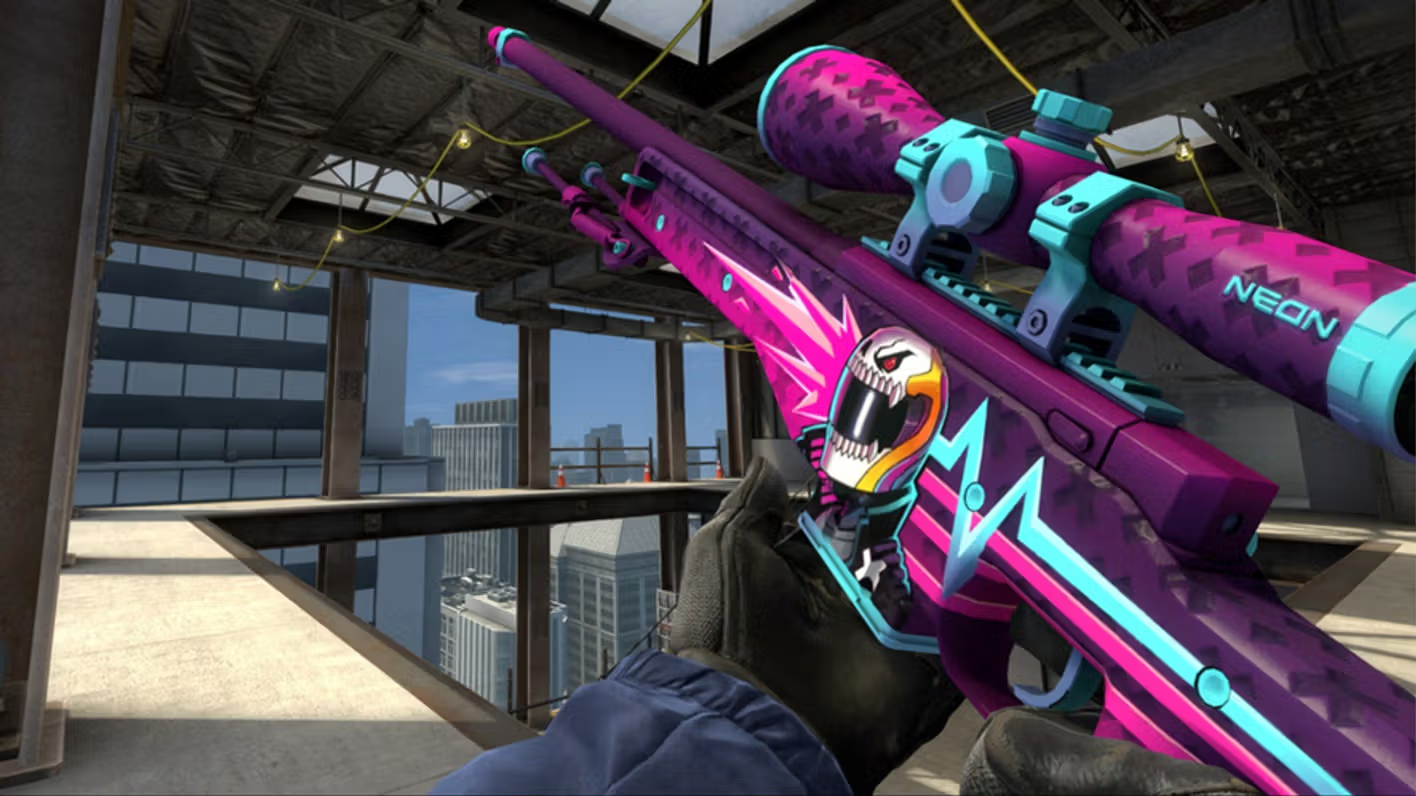Heart Hunter
Exploring the passion for the heart's adventures.
Why CS2 Skins Are the New Digital Fashion Statement
Discover why CS2 skins are the hottest trend in digital fashion and how they’re transforming online style. Join the revolution today!
The Evolution of CS2 Skins: From Gameplay to Fashion Statement
The world of CS2 skins has undergone a remarkable transformation over the years, evolving from simple gameplay enhancements to a multifaceted fashion statement that reflects personal style and identity within the gaming community. Initially, these skins were merely aesthetics, adding color and flair to weapons without altering gameplay mechanics. However, as the CS2 community grew, so did the demand for unique designs. Today, players not only use them to stand out in-game but also as a way to showcase their personality and creativity. The introduction of marketplaces and trading platforms has further fueled this evolution, allowing gamers to buy, sell, and exchange their coveted skins like any other collectible.
As we delve deeper into the phenomenon of CS2 skins, it's essential to recognize their role in shaping gamer culture and social interactions. What was once a mere customization option has transformed into a significant aspect of identity and status among players. High-value skins are often seen as trophies of accomplishment, with players flaunting them as badges of honor. Furthermore, the launch of limited-edition skins and collaborations with artists has elevated their status to that of wearable art, blurring the lines between gaming and fashion. As we look to the future, it will be intriguing to see how the landscape of CS2 skins continues to evolve, merging digital and real-world trends.

Counter-Strike is a popular first-person shooter game that focuses on team-based gameplay and strategy. Players can choose between two teams, terrorists and counter-terrorists, each with different objectives. One of the most iconic weapons in the game is the m4a4, favored for its balance and precision in combat.
How CS2 Skins Are Shaping the Future of Digital Identity
The rise of CS2 skins has revolutionized how players express their individuality within digital spaces. Unlike traditional gaming assets, these skins allow for unparalleled customization, creating a personal brand that extends beyond the game itself. As players showcase their unique skins on various platforms, they are not just playing a game—they are curating their digital identity. This shift is significant; it transforms a once-anonymous online experience into a vibrant community where each skin tells a story, representing the player's style, preferences, and even social status.
Furthermore, the growing marketplace for CS2 skins demonstrates the economic impact of digital identity in gaming. Players are now investing real money in virtual goods, leading to a burgeoning economy centered around customization. As the demand increases, so does the value of rare and unique skins, often leading to discussions about ownership, trade, and digital assets. This emphasis on personalization and value is shaping how we view our presence in online spaces, prompting a deeper conversation about digital identity and its implications for the future.
Are CS2 Skins the New Status Symbol in Online Gaming?
As the landscape of online gaming evolves, CS2 skins have emerged as a new status symbol among players. Unlike traditional gaming achievements that focus solely on skill and performance, these virtual items offer a unique way for gamers to showcase their individuality and wealth. The vibrant designs and rarity of certain skins can create a sense of exclusivity, elevating a player's status within the community. CS2 skins are not just cosmetic enhancements; they reflect a player's dedication and investment in the game, making them highly sought after and often traded for significant sums of money.
Furthermore, the social dynamics of online gaming have shifted, with CS2 skins playing a central role in how players perceive each other. In matches, having rare or aesthetically pleasing skins can lead to a sense of respect and admiration from peers. This phenomenon mirrors trends seen in other realms, such as luxury fashion or car ownership, where unique items become markers of prestige. As CS2 skins continue to gain popularity, they redefine what it means to be successful in the gaming world, suggesting that material items can enhance one's identity and social standing in the digital era.